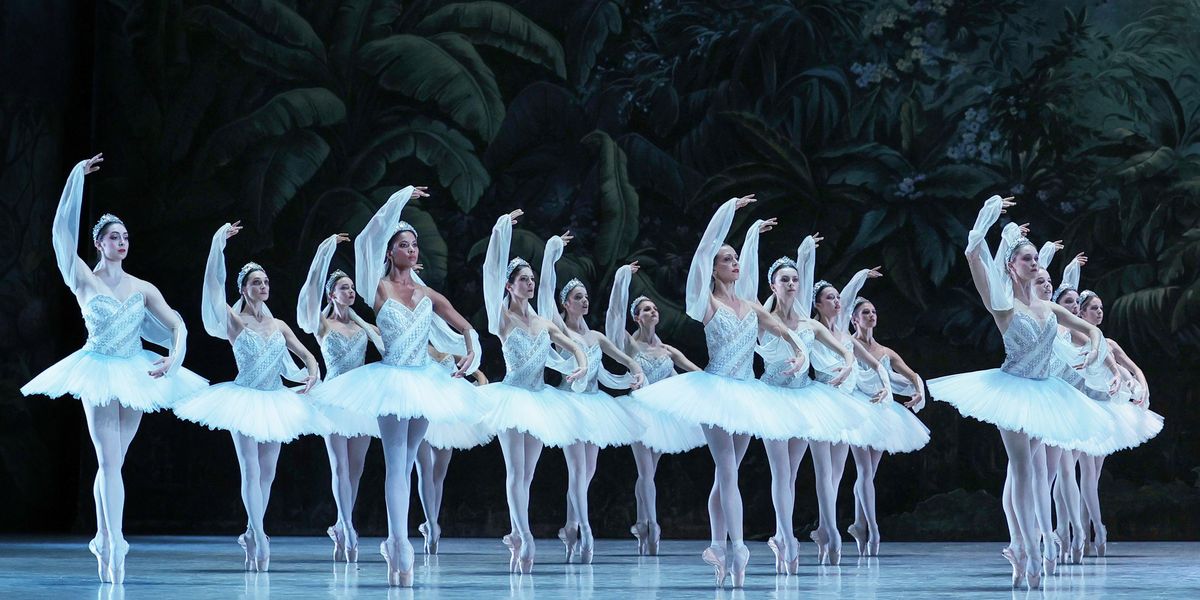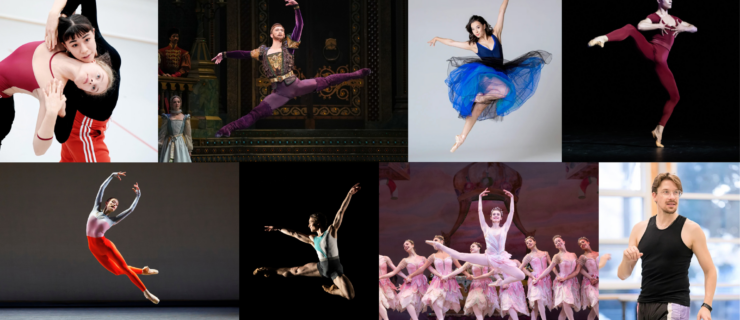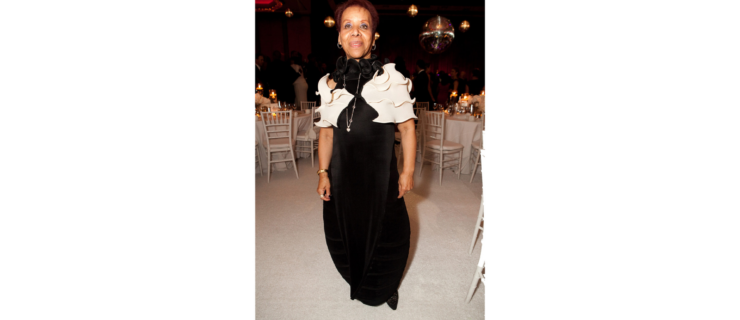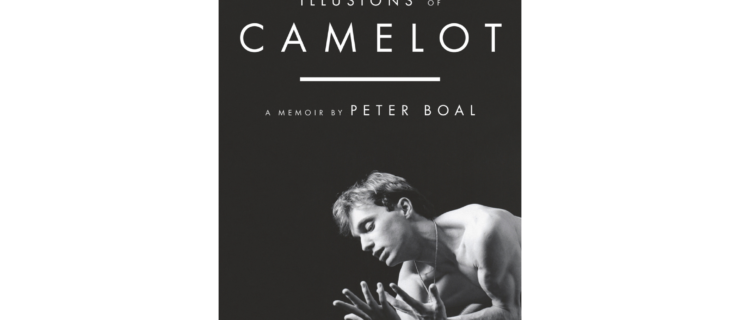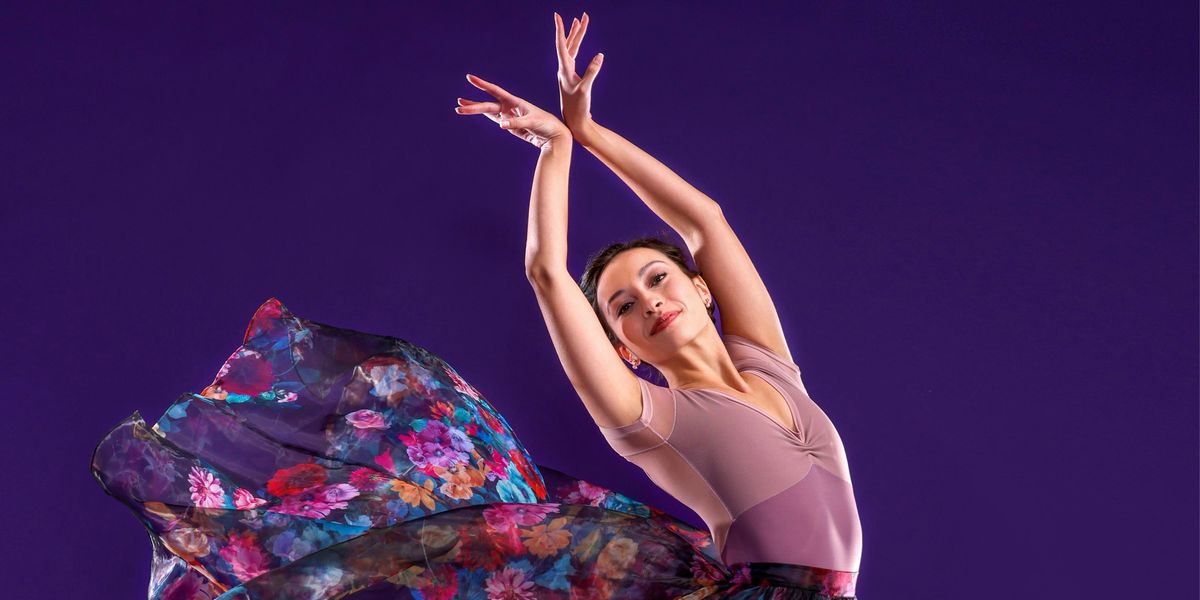The Paris Opéra's Diversity Report Proposes Steps Towards a More Inclusive Company
Five years after Benjamin Millepied was met with fierce resistance for bringing up racist practices within the Paris Opéra Ballet, the French company is finally acknowledging its lack of diversity. This week, the Paris Opéra released an official report with recommendations, commissioned in the wake of last summer’s racial reckoning and increased support for the Black Lives Matter movement.
At the time, the worldwide push for social justice encouraged a group of Black and Asian employees, led by the Paris Opéra Ballet’s five Black dancers, to write a manifesto demanding change. Among the issues they raised were the continued use of the French n-word, a lack of tights and cosmetics for darker skin tones, and the absence of an effective anti-discrimination policy. The Paris Opéra’s new general director, Alexander Neef, who arrived in September from the Canadian Opera Company, lost no time in offering support, and appointed the historian Pap Ndiaye and the civil servant Constance Rivière to lead an independent audit.
Their 66-page report, based on interviews with nearly 100 people both inside and outside the Paris Opéra, is at once measured and unequivocal. In the report, the Paris Opéra is described as “mostly a white world far removed from contemporary French society,” with artists, management, board members and donors who remain overwhelmingly un-diverse. (No actual data is available, as racial statistics are strongly discouraged in France.)
Some of the report’s 19 recommendations will strike observers outside France as common sense in 2021. Eliminating blackface, brownface and yellowface from the repertoire, or “opening choreographic commissions to diverse choreographers,” are hardly radical moves at this point, and the Paris Opéra Ballet should arguably have committed to them a long time ago. Ndiaye and Rivière do insist on the need for more creations rooted in the classical technique, a longtime gripe of many POB aficionados, as the company tends to look to contemporary and hip-hop dancemakers to signal its openness.

Letizia Galloni and Mathias Heymann in La Fille mal gardée
Benoite Fanton, Courtesy Paris Opéra Ballet
POB also took action on some basic demands before the report was even released: A wider range of makeup and hair products was recently introduced (in the past Black dancers had to bring their own products), and in late January, for the first time, Black corps members wore tights that matched their skin tones during a livestream of the annual Défilé.
Other recommendations go much further. The suggestion that POB “reach out to high-level non-white artists in France and abroad to hire them into the corps de ballet,” in order to “create role models,” will likely be controversial within the company, as it has consistently refused to change its entrance competition system and allow for direct recruitment. Additionally, Ndiaye and Rivière focus much of their attention on the Paris Opéra Ballet School, described as “very homogeneous,” with regards to its teaching staff and the very few minority children. They advocate for reform of the admittance process.
At present, the school essentially waits for students to come to it; instead, the report’s authors say that it should be “more open to the outside world,” step up outreach efforts, rethink its stringent physical criteria and organize auditions all around the country as well as in French overseas territories. A clash looks inevitable with the current school director, Élisabeth Platel. She has long insisted that the school is doing enough and isn’t elitist because tuition is free, and recently defended the use of white face powder on Black dancers.
Platel isn’t alone in France: The Paris Opéra’s newfound interest in becoming an inclusive workplace has already sparked a political war of words. Renewed demands for antiracist action in the country since last summer have been derided by conservative thinkers as American-style divisiveness, and incompatible with France’s universalist model, which hinges on a colorblind ideal. In December, the far-right politician Marine Le Pen seized on the Paris Opéra’s efforts to accuse Neef of “antiracism gone crazy” and “obscurantism.” (POB étoile Germain Louvet rightly pointed out that the Swan Lake video Le Pen tweeted wasn’t even a company production. It actually starred the Bolshoi’s Svetlana Zakharova and La Scala’s Roberto Bolle in Milan.)
Even within the Paris Opéra, proactive, long-term support for this diversity drive is far from guaranteed. According to the newspaper Le Monde, less than 300 Paris Opéra employees, out of roughly 1,500, signed the manifesto last summer; some have even made their reluctance clear on social media.
Many of the recommendations—which include employee training, the appointment of a diversity officer, the creation of a committee of experts and greater contextualization of the repertoire for the audience—will also require significant financial investment, at the worst possible time. Despite a €61 million pandemic rescue package from the French state, the Paris Opéra anticipates additional losses of €29 million through the end of the 2022 fiscal year, as theaters are currently shut for the foreseeable future.
Millepied found out during his tenure just how slow POB can be to change. His successor as ballet director, Aurélie Dupont, expressed support, but Neef is clearly taking the lead and has remained steadfast in the face of criticism. Now the hard work begins: changing minds and ingrained habits, day by day, even as the news cycle moves on.
